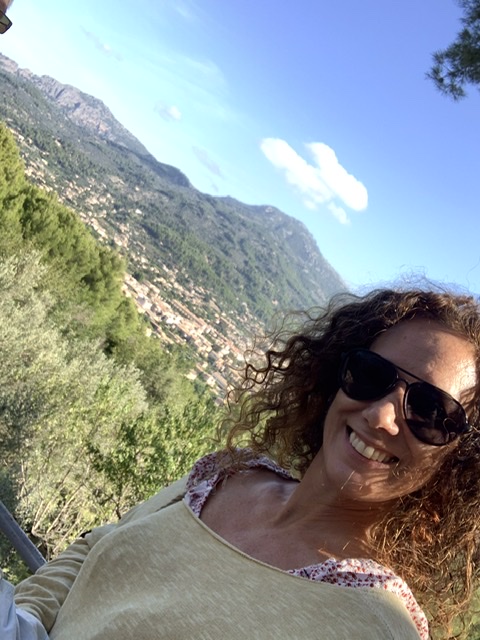
In the heart of the Serra de Alfabia amongst green clouds lighten up by a Mediterranean sun opens in front of us the valley of Soller.
We arrive from the Buñola train station (you can also take the train in Palma station). It is a fascinating journey through time on an old wooden train born in 1912. It takes us through the green and lush Mallorca of the Tramontana. As we get closer to the “golden valley”, as the moors used to call it, many local orange trees appear.
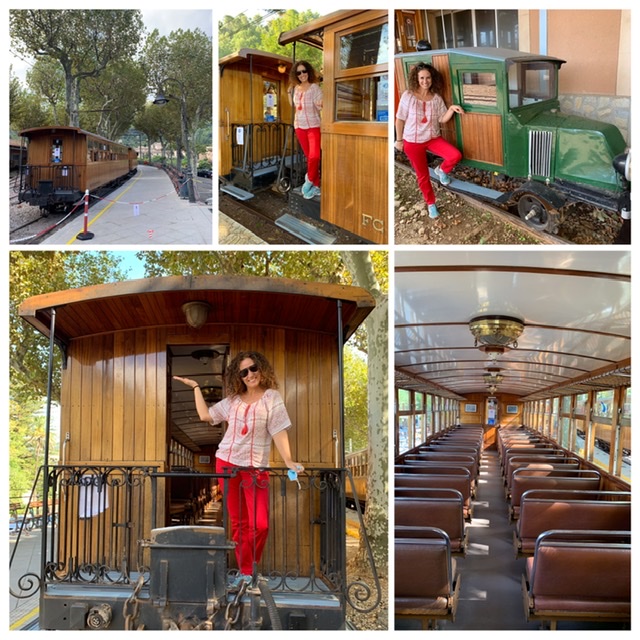
Half way through our train journey it stops at the lookout Pujol d’en Banya and it opens before us what I consider one of the most beautiful villages of Mallorca. Up there I feel like I am in a fairy tale story.
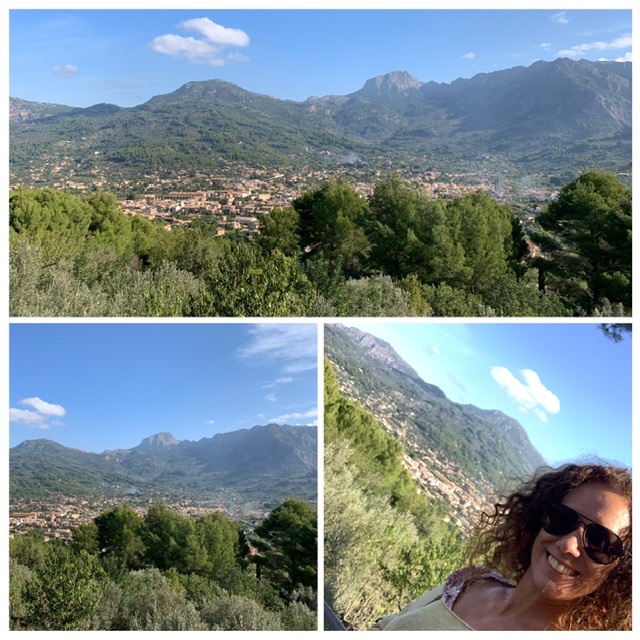
When we arrive at the station, I venture around guided by my cousin Paco, to see all the insides of this idyllic train. The few workers who are there (due to the pandemic) greet me pleasantly, they show me their work shop and tell me how they maintain the old traveller in optimal conditions.

Next to the train, the tram crosses to take the visitors to Puerto de Soller, we wave good bye as today we are going to see the reasons why this village is so pretty. We first head to Born avenue and pass all the bars where the locals go.
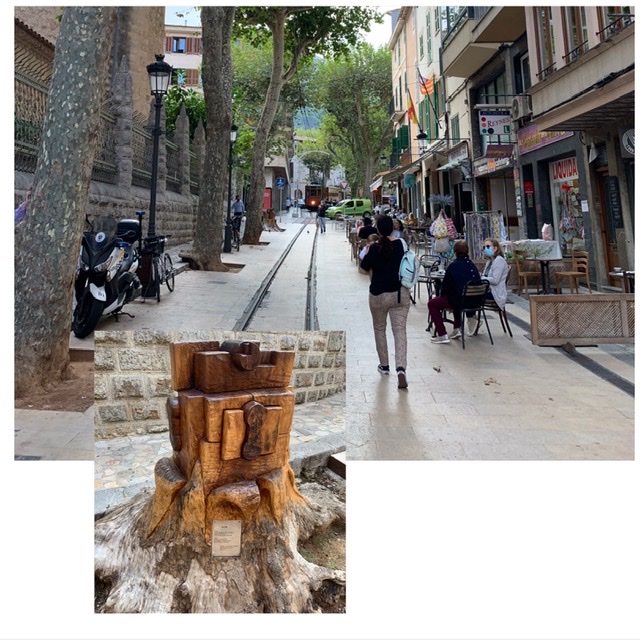
The orange crisis of 1860 propeled the Sollerics to emigrate, later on they will come back, and a wave of modernism will stablish in the village with these new bourgeois. They will build the Banc of Soller in 1899, set in the Plaça de la Constitució, where we have just arrived. The idea was that the capital gains from all the people who migrated to France and the Americas would stay in the valley.
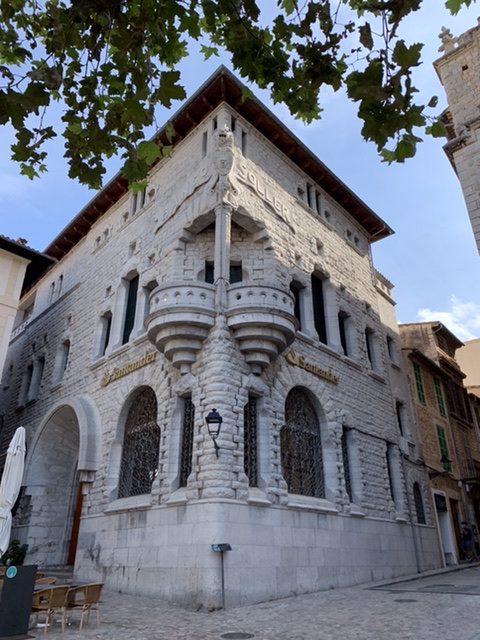
Next to it it’s the Church of San Bartolomé, also known as the “cathedral of the north”, have a look and you’ll know why. Its astonishing façade was on the cover of the novel “A world without end” by Ken Follet.
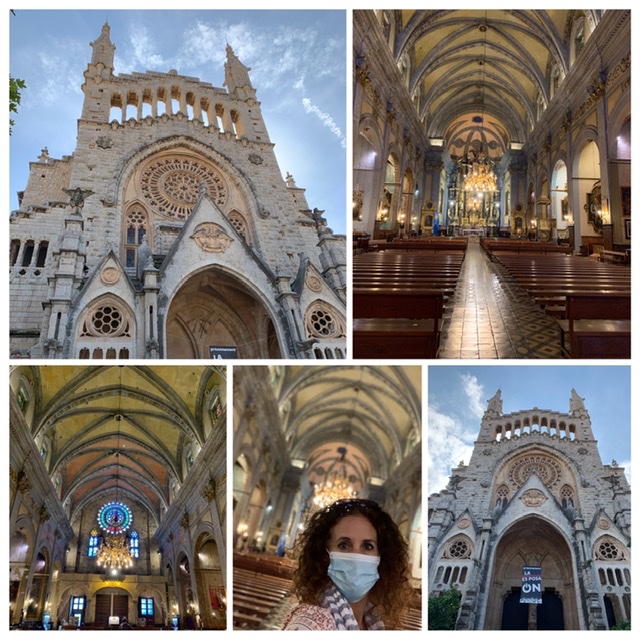
From there we take the most popular, enchanting and full of little shops street of the village, carrer de Sa Lluna.

Another example of European modernism that arrived to Soller can be seen in the building Can Prunera, Museum of Modern Art nowadays. It looks like the returned immigrants were competing to see who built the most beautiful house, look at the delightful legacy they left us.
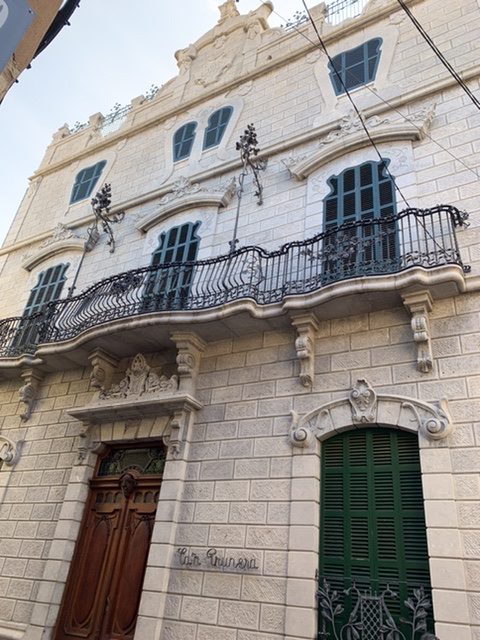
We walk, explore and let our steps take us through these tiny streets to the Municipal Market.
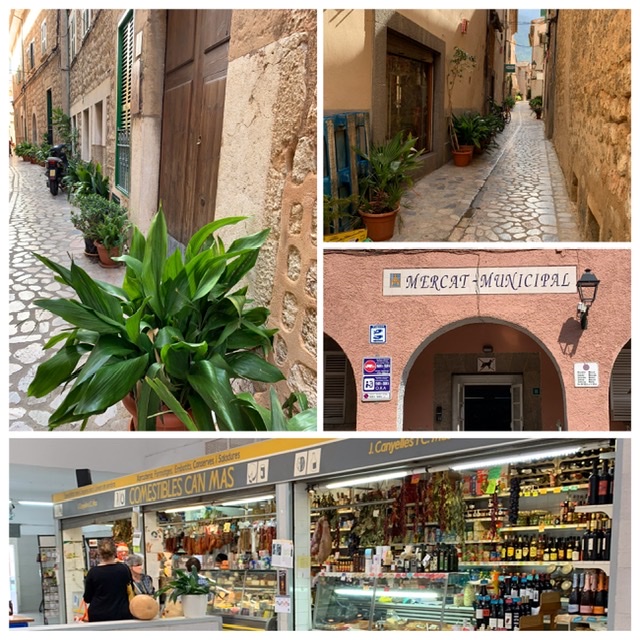
Or the majestic Gran Hotel Soller.
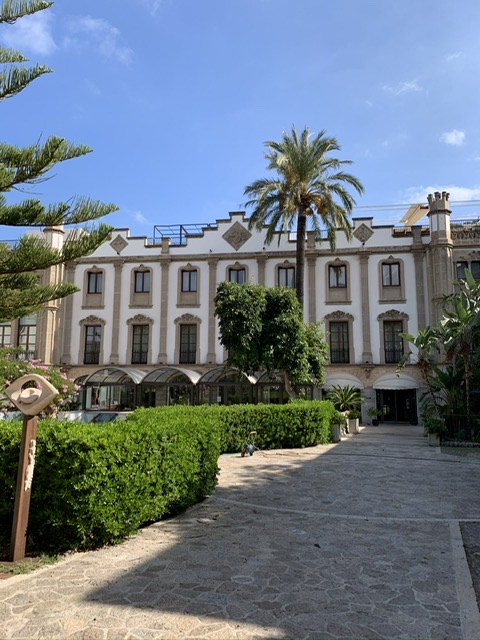
From 1855 they celebrate “moros y cristianos” recalling the victory of the Sollerics over the Saracens on the 11th of May, 1561. They start with a “battle” in the port to then finish with a big “fight” in the village, heaps of fun for the participants as well as for the visitors during the second week of May, that is also when they celebrate “es Firó” (spring fair).
On the road to Palma from Puerto de Soller are the beautiful Botanical Gardens with a grand selection of the local flora and a colony of colonizer insects that happily live there. Inside there is also the Museum of Natural Science of the Balearics, with a lot of very interesting information about the natural history of the islands.
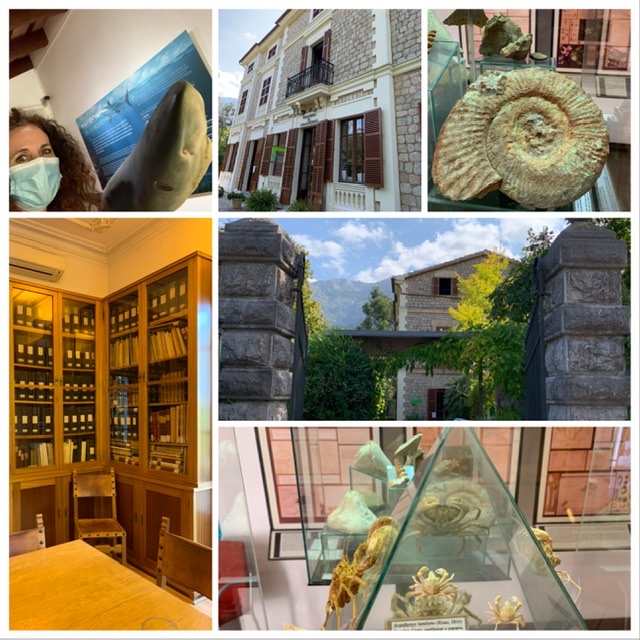
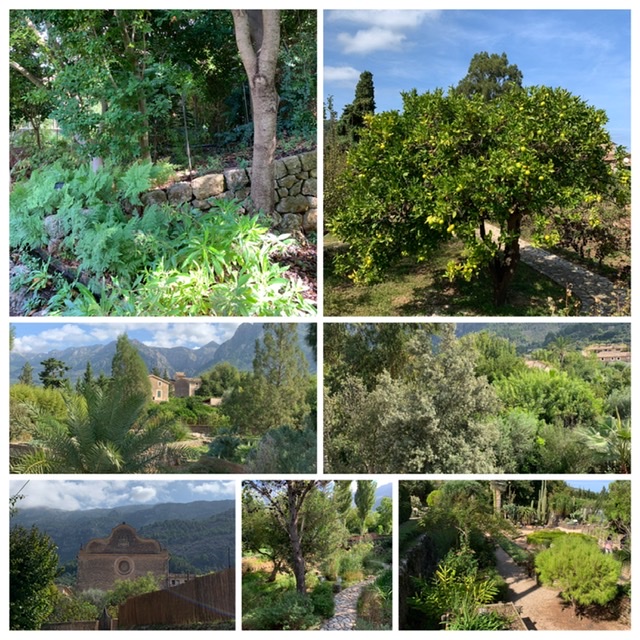
Hunger is urging us to go back to Carrer de sa Lluna, in one of its small streets there’s the vegan-veggie Restaurant C’an Llimona. I enter, I look, I fall in love and I get my camera out to share with you how homely it is, it has a piano to be played, two kittens keeping us company, they welcome pets, its menu is not big but all is delicious and freshly made by Claudia, the owner.

We take the last train, (in COVID times there’s only one in the morning and another in the evening) the way back is as beautiful as the way over. Between the mountains of the Tramontana and that autumn light we arrived at Buñola train station on time to have a hot chocolate with a view in the nice café there, “Café del Viatge”.
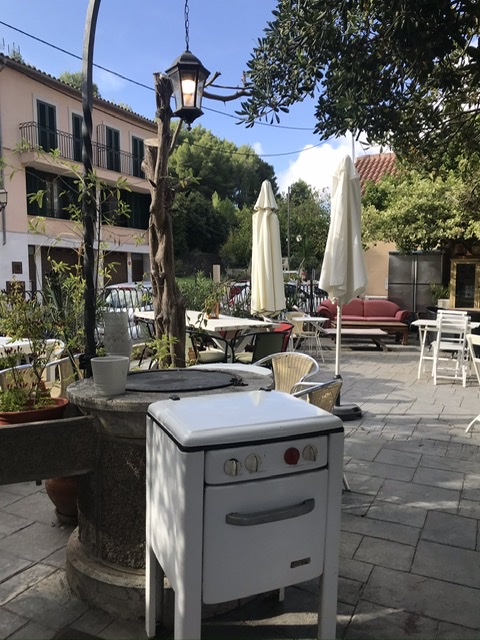
The best company for this post is the “The sound of a train in the night” by the fabulous Laura Riñón Sirera which pen provokes so many feelings within me…. In this story we get to know the broken youth of Clementina. Her godfather takes her to New York City to study art, which will be, along with books, the best cure. Clementina melts into Sophie who runs away from her own story arriving at a place that looks like is out of a fairy tale, like Soller. There she meets two wonderful sisters with whom she will recover her smile.
Writing, books … they are therapies for the soul, the halo of mystery that surrounds a muse can inspire a great story, seasoned with touches of friendship, suffering and suspense, all of that giving voice to one of the biggest problems of our society these days.
In the words of Clementina, “everything is easier when oneself manages to scape to the pages of a novel”.



